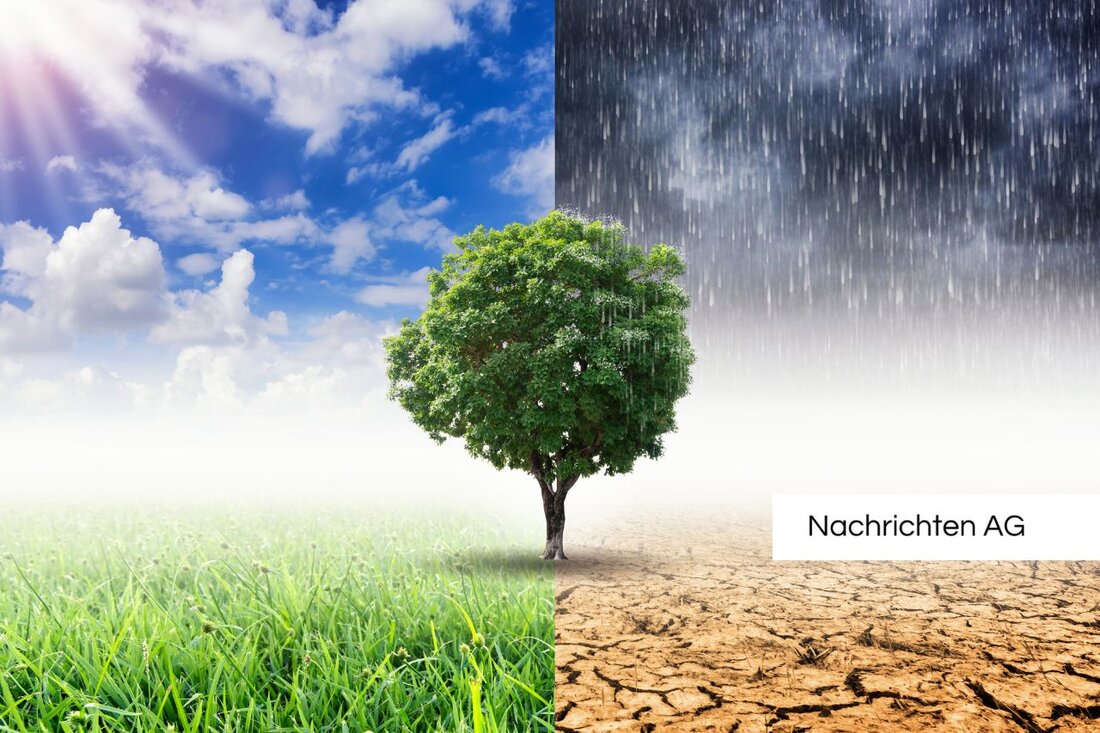Thuringian Forest in flames: fires rage over 300 hectares!
Massive forest fires in the Thuringian Forest: Current developments, causes and effects on the region from July 3, 2025.

Thuringian Forest in flames: fires rage over 300 hectares!
Forest fires are currently a hot topic in Thuringia, as the latest reports show. There is a lot of activity, especially around the Thuringian Forest, the green heart of the region. In the last few weeks the situation has worsened dramatically. Current reports describe that a fire in the Gösselsdorf area in the Thuringian Slate Mountains grew from 10 to an incredible 300 hectares overnight, making it nine times larger than all of the previous year's forest fires combined, which is an alarming sign for the region. Last year, Thuringia Forest reported the largest forest fire area since records began, with a total of 33 fires on 35 hectares. The trend is clear: the forests in the hinterland region are under pressure and concerns about preserving local nature are growing.
But it's not just the risk of fire that's giving forest owners sleepless nights. Another factor contributing to the weakening of forests is the book printer. These small insect pests are especially a nightmare for spruce forests. The overwintering of the book printer is often underestimated because the beetles hide in the ground litter in cooler regions, while in milder areas they stay under the bark. They are quite robust and can survive harsh winters, which promotes their survival. For forest owners, this means that they need to take action to remove infected wood before the first frosts and to recover storm and snow damage from the forests in a timely manner in order to prevent the spread of the beetle, which would otherwise spread unhindered and cause further weakening of the forests.
The effects of climate change
What does all this have to do with climate change? A whole lot! As the German Climate Portal shows, conditions regarding forest fires have changed drastically in recent decades. The study by the research team under Dr. Manuel Helbig argues that the number and size of forest fires, particularly in North American coniferous forests, has increased. The amounts of CO2 released by fire events not only influence air quality, but also have lasting effects on plant physiology and temperature conditions in the affected regions.
The problem we face is not just local, but has global dimensions. A look at Canada shows that 140,000 km² of forest will have gone up in flames in 2023 alone, which can reach frightening proportions. Such fires not only affect our local temperature, but also change the entire landscape for decades. Overall, this will lead to noticeable warming, which could rise up to 30% above average annual temperatures if the situation continues to worsen by 2050.
A call to action
The situation challenges us all: not only those who own forests are in demand, society must also actively participate in solving these problems. The decline in the amount of bark beetle damage to wood should not make anyone feel safe, because the fight against the book printer and the associated dangers to our forests must continue unabated.
It is clear that each and every one of us can make a contribution, be it through education or through active action. The forests are not only a refuge for numerous species, but also a valuable part of our culture and identity. Let us be inspired by nature and act now so that the green heart of Thuringia is not just remembered!
For anyone who would like to find out more, we refer you to the detailed reports insuedthueringen.de, thueringenforst.de and deutschesklimaportal.de.

 Suche
Suche
 Mein Konto
Mein Konto